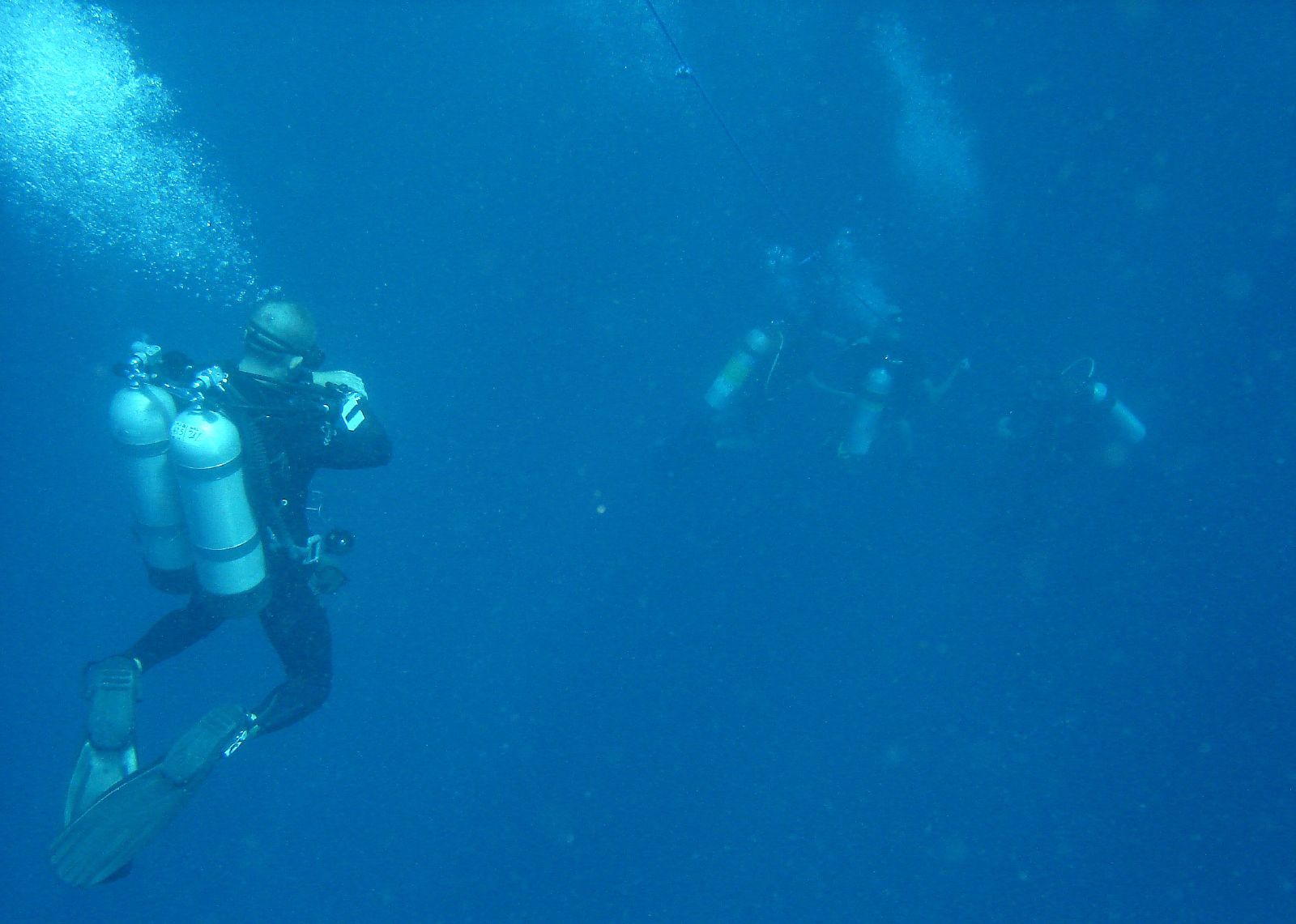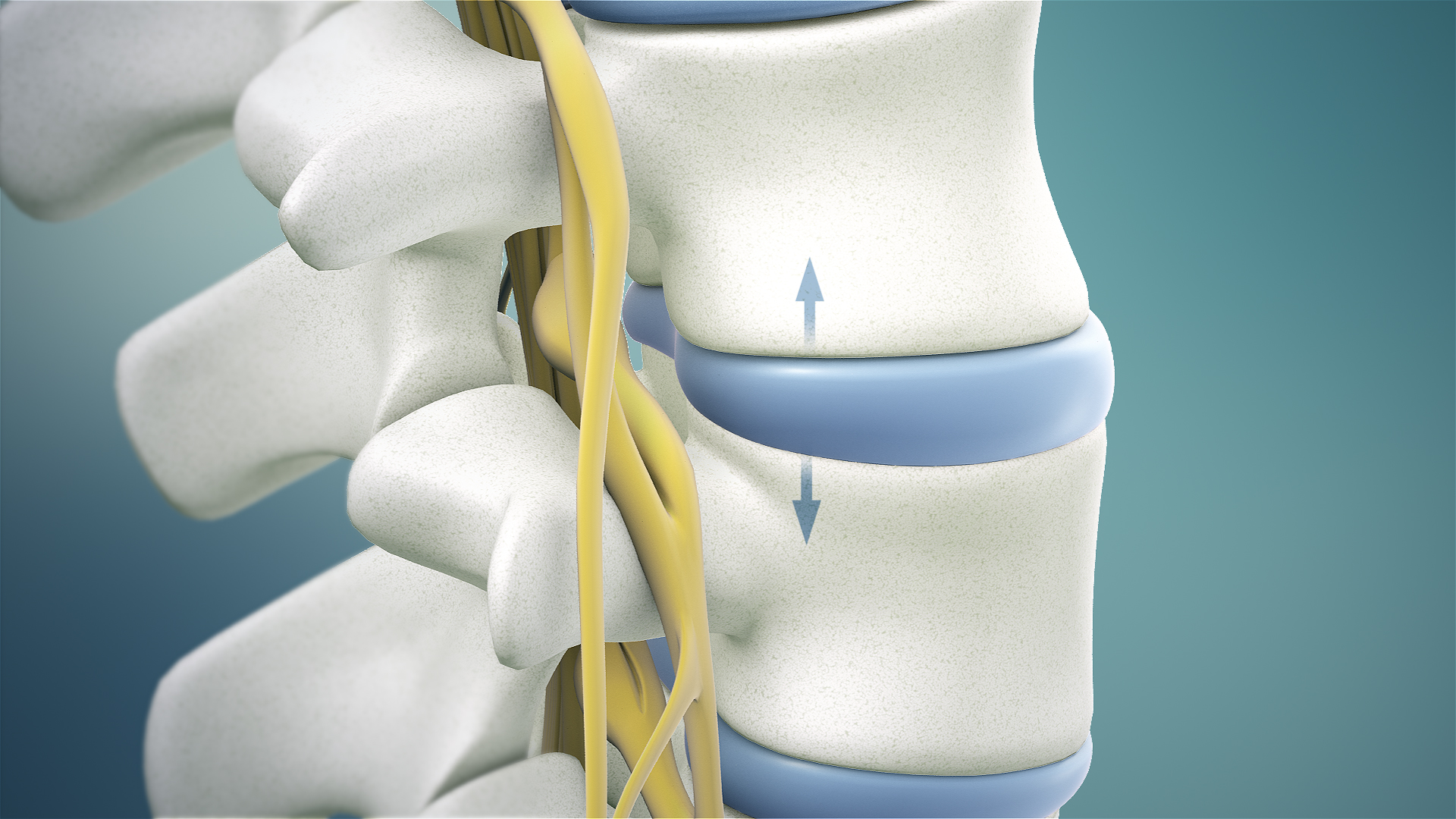|
Decompression (other)
Decompression has several meanings, some of which are covered by several articles: * Data decompression, the action of reversing data compression * Decompression (physics), the release of pressure and the opposition of physical compression ** Decompression (altitude). the reduction of pressure and the related physiological effects due to increase in altitude or other equivalent reduction of ambient pressure below normal atmospheric pressure ** Uncontrolled decompression, catastrophic reduction of pressure in accidents involving pressure vessels such as aircraft ** Decompression (diving), the reduction in pressure and the process of allowing dissolved inert gases to be eliminated from the tissues during ascent from a dive * Decompression (comics) In comics, decompression is a stylistic storytelling choice characterized by a strong emphasis on visuals or character interaction, which, in turn, usually leads to slower-moving plots. The style is often used with widescreen com ... [...More Info...] [...Related Items...] OR: [Wikipedia] [Google] [Baidu] |
Data Decompression
In information theory, data compression, source coding, or bit-rate reduction is the process of encoding information using fewer bits than the original representation. Any particular compression is either lossy or lossless. Lossless compression reduces bits by identifying and eliminating statistical redundancy. No information is lost in lossless compression. Lossy compression reduces bits by removing unnecessary or less important information. Typically, a device that performs data compression is referred to as an encoder, and one that performs the reversal of the process (decompression) as a decoder. The process of reducing the size of a data file is often referred to as data compression. In the context of data transmission, it is called source coding; encoding done at the source of the data before it is stored or transmitted. Source coding should not be confused with channel coding, for error detection and correction or line coding, the means for mapping data onto a signal. C ... [...More Info...] [...Related Items...] OR: [Wikipedia] [Google] [Baidu] |
Decompression (physics)
In physics, decompression refers to a reduction of pressure Pressure (symbol: ''p'' or ''P'') is the force applied perpendicular to the surface of an object per unit area over which that force is distributed. Gauge pressure (also spelled ''gage'' pressure)The preferred spelling varies by country a ... or compression, and to some extent, to the consequences of a reduction of pressure. Decompression has obvious consequences when applied to gases or liquids containing dissolved gases. Pressure Mechanics {{physics-stub ... [...More Info...] [...Related Items...] OR: [Wikipedia] [Google] [Baidu] |
Compression (physical)
In mechanics, compression is the application of balanced inward ("pushing") forces to different points on a material or structure, that is, forces with no net sum or torque directed so as to reduce its size in one or more directions.Ferdinand Pierre Beer, Elwood Russell Johnston, John T. DeWolf (1992), "Mechanics of Materials". (Book) McGraw-Hill Professional, It is contrasted with tension or traction, the application of balanced outward ("pulling") forces; and with shearing forces, directed so as to displace layers of the material parallel to each other. The compressive strength of materials and structures is an important engineering consideration. In uniaxial compression, the forces are directed along one direction only, so that they act towards decreasing the object's length along that direction. The compressive forces may also be applied in multiple directions; for example inwards along the edges of a plate or all over the side surface of a cylinder, so as to reduce ... [...More Info...] [...Related Items...] OR: [Wikipedia] [Google] [Baidu] |
Decompression (altitude)
Altitude decompression or hypobaric decompression is the reduction in ambient pressure below the normal range of sea level atmospheric pressure. Altitude decompression is the natural consequence of unprotected elevation to altitude, while hypobaric decompression is due to intentional or unintentional release of pressurisation of a pressure suit or pressurised compartment, vehicle or habitat, and may be controlled or uncontrolled, or the reduction of pressure in a hypobaric chamber. Altitude decompression may occur as a decompression from saturation at a lower altitude, or as decompression from an excursion to a lower altitude, in the case of people living at high altitude, making a short duration trip to low altitude, and returning, or a person decompressing from a dive at altitude, which is a special case of diving decompression. Decompression has physical effects on gas filled spaces and on liquids, particularly when they contain dissolved gases. Physiological effects of dec ... [...More Info...] [...Related Items...] OR: [Wikipedia] [Google] [Baidu] |
Uncontrolled Decompression
Uncontrolled decompression is an unplanned drop in the pressure of a sealed system, such as an aircraft cabin or hyperbaric chamber, and typically results from human error, material fatigue, engineering failure, or impact, causing a pressure vessel to vent into its lower-pressure surroundings or fail to pressurize at all. Such decompression may be classed as ''explosive, rapid'', or ''slow'': * Explosive decompression (ED) is violent and too fast for air to escape safely from the lungs and other air-filled cavities in the body such as the sinuses and eustachian tubes, typically resulting in severe to fatal barotrauma. * Rapid decompression may be slow enough to allow cavities to vent but may still cause serious barotrauma or discomfort. * Slow or gradual decompression occurs so slowly that it may not be sensed before hypoxia sets in. Description The term ''uncontrolled decompression'' here refers to the unplanned depressurisation of vessels that are occupied by people; ... [...More Info...] [...Related Items...] OR: [Wikipedia] [Google] [Baidu] |
Decompression (diving)
The decompression of a diver is the reduction in ambient pressure experienced during ascent from depth. It is also the process of elimination of dissolved inert gases from the diver's body, which occurs during the ascent, largely during pauses in the ascent known as decompression stops, and after surfacing, until the gas concentrations reach equilibrium. Divers breathing gas at ambient pressure need to ascend at a rate determined by their exposure to pressure and the breathing gas in use. A diver who only breathes gas at atmospheric pressure when free-diving or snorkelling will not usually need to decompress, Divers using an atmospheric diving suit do not need to decompress as they are never exposed to high ambient pressure. When a diver descends in the water, the hydrostatic pressure, and therefore the ambient pressure, rises. Because breathing gas is supplied at ambient pressure, some of this gas dissolves into the diver's blood and is transferred by the blood to ... [...More Info...] [...Related Items...] OR: [Wikipedia] [Google] [Baidu] |
Decompression (comics)
In comics, decompression is a stylistic storytelling choice characterized by a strong emphasis on visuals or character interaction, which, in turn, usually leads to slower-moving plots. The style is often used with widescreen comics. History Decompression developed a strong presence in mainstream American comic books in the 1990s and 2000s. Traditionally, American comics first appeared as anthologies featuring multiple short stories per issue, usually with different characters, which continued for decades in the back-up story pages. The done-in-one format prevailed for a long time eventually becoming seconded by open ended multiple-subplots that characterized the '70s and '80s in American comics. Decompression is often claimed to be a result of the growing influence of manga on the international comics scene. Manga, traditionally less expensive per page than American comics due to higher circulation and black and white printing, extensively uses decompression as a storytell ... [...More Info...] [...Related Items...] OR: [Wikipedia] [Google] [Baidu] |
Decompression (surgery)
In medicine, decompression refers to the removal or repositioning of any structure compressing any other structure. Common examples include decompressive craniectomy (removal of part of the skull to relieve pressure on the brain), and spinal decompression to relieve pressure on nerve root A nerve root (Latin: ''radix nervi'') is the initial segment of a nerve leaving the central nervous system. Nerve roots can be classified as: *Cranial nerve roots: the initial or proximal segment of one of the twelve pairs of cranial nerves leaving ...s. References {{surgery-stub Surgical procedures and techniques Surgical removal procedures ... [...More Info...] [...Related Items...] OR: [Wikipedia] [Google] [Baidu] |
Spinal Decompression
Spinal decompression is the relief of pressure on the spinal cord or on one or more compressed nerve roots passing through or exiting the spinal column. Decompression of the spinal neural elements is a key component in treating spinal radiculopathy, myelopathy and claudication. Surgical methods Decompression of nerve roots When a single spinal nerve root is compressed, the resulting clinical outcome is termed radiculopathy, and is usually labeled according to the specific nerve root compressed (hence compression of the nerve root exiting the spinal column below the left-sided pedicle of the L5 vertebra will be diagnosed as "left L5 radiculopathy"). Microdiscectomy (or microdecompression) is a minimally invasive surgical procedure in which a portion of a herniated nucleus pulposus is removed by way of a surgical instrument. The purpose of this procedure is to relieve the pressure and reduce the local inflammatory reaction around a nerve root, caused by the herniated nucleus pulpo ... [...More Info...] [...Related Items...] OR: [Wikipedia] [Google] [Baidu] |
Spinal Disc Herniation
Spinal disc herniation is an injury to the cushioning and connective tissue between vertebrae, usually caused by excessive strain or trauma to the spine. It may result in back pain, pain or sensation in different parts of the body, and physical disability. The most conclusive diagnostic tool for disc herniation is MRI, and treatment may range from painkillers to surgery. Protection from disc herniation is best provided by core strength and an awareness of body mechanics including posture. When a tear in the outer, fibrous ring of an intervertebral disc allows the soft, central portion to bulge out beyond the damaged outer rings, the disc is said to be herniated. Disc herniation is frequently associated with age-related degeneration of the outer ring, known as the '' annulus fibrosus'', but is normally triggered by trauma or straining by lifting or twisting. Tears are almost always posterolateral (on the back sides) owing to relative narrowness of the posterior longitudin ... [...More Info...] [...Related Items...] OR: [Wikipedia] [Google] [Baidu] |




